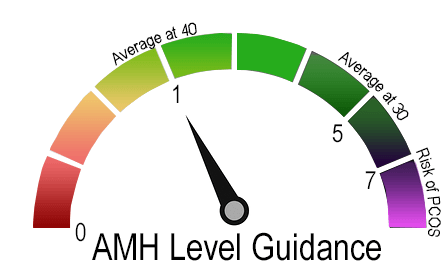There is no single test able to diagnose if a woman has a low, medium, or high proportion of good-quality eggs. Whenever ovarian reserve is assessed, we try to anticipate if we will be able to retrieve a high, medium, or low number of oocytes. Unfortunately, that number is not associated, per se, with the egg quality.
Ovarian reserve: which tests are good to assess the egg quantity?
The most commonly used tests to predict the number of retrieved eggs are the anti-Müllerian hormone (AMH) and follicle-stimulant hormone (FSH), and basal antral follicle count. We all know that these tests are useful in order to choose the right controlled ovarian stimulation protocol and set the patients’ expectations in the right place. They also help to make a good strategy in order to increase the chances of having a higher number of eggs and, therefore, a higher number of embryos to be potentially transferred.
PGT-A: it talks about embryo quality
The preimplantation genetic testing for aneuploidies (PGT-A) helps us to know a little more about embryo quality. At least, it provides information about the chromosomic status of any specific blastocyst, which is relevant information. It would be even better to predict, in any specific woman before starting the cycle, the probabilities of getting a low or high proportion of normal chromosomic (euploid) blastocysts.
AMH is not associated with the PGT-A results
A few months ago, a study published by Dr Stovesky at Weill Medical College of Cornell University in New York, showed that AMH is not associated with embryo ploidy in patients with and without infertility undergoing in vitro fertilization with preimplantation genetic testing. It means that high or low AMH in any specific patient does not predict if she has a higher or lower chance of getting embryos with chromosomic normal status. Although these results are not surprising, they support our usual statement saying that quantity is not associated with quality (or at least, not in terms of chromosomes). No association was found between AMH and the proportion of euploid, mosaic, or aneuploid embryos.
Measuring AMH is useful to assess the ovarian reserve, but it does not help to predict the embryo quality
In summary, predicting the ovarian reserve is useful but not enough to anticipate if the embryos will be good or not. Currently, the only known variable that predicts the proportion of euploid embryos is the woman’s age. The younger the eggs, the more chances of getting a higher proportion of chromosomic normal embryos.



